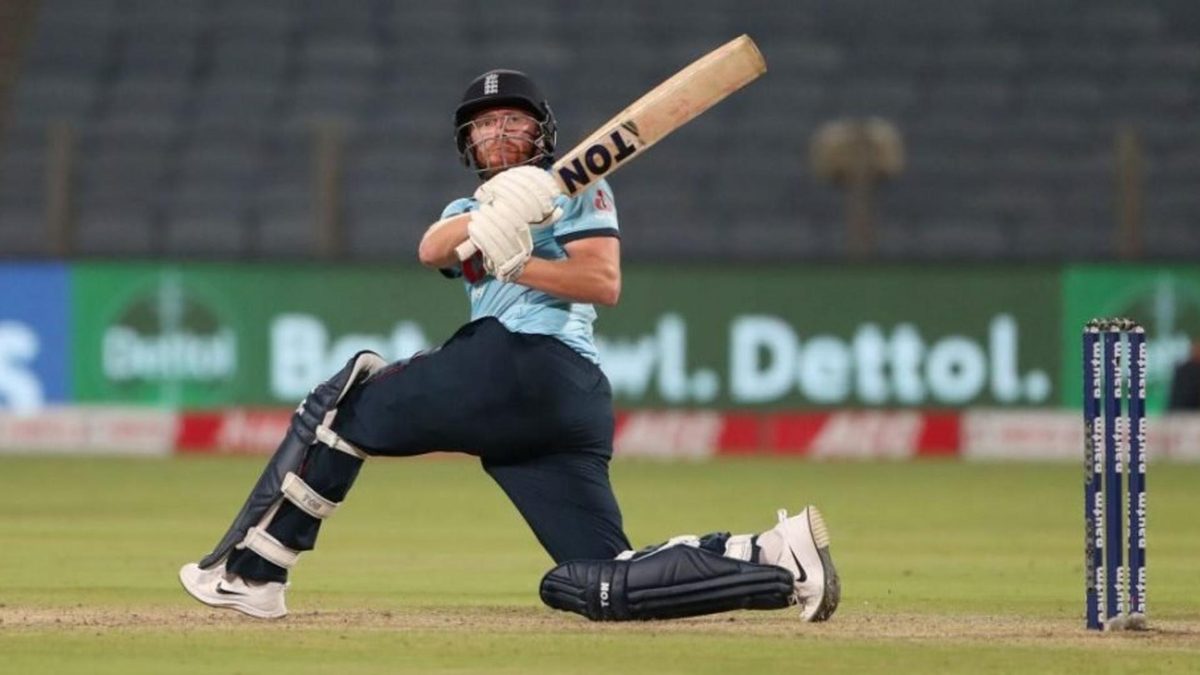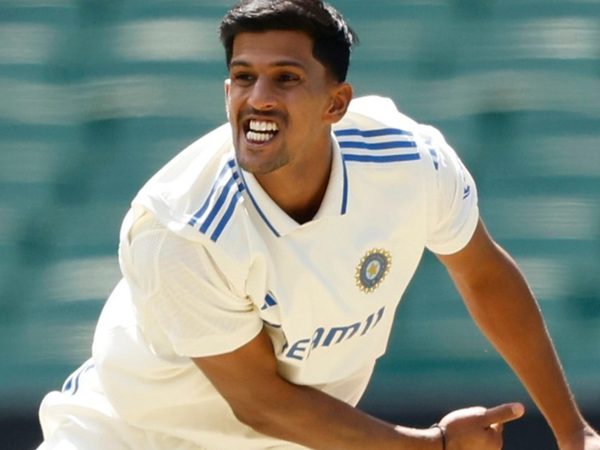
Jonny Bairstow has had a strange career.
Subscribe to the Wisden Cricket YouTube channel for post-match awards, player interviews, analysis and much more.
Now 31, it’s been a nearly decade since we first saw him in international cricket. All the way back in 2011, he won the Player of the Match award for an unbeaten 21-ball 41 in an ODI against India, batting at six in a line-up that included Alastair Cook, Jonathan Trott and Ian Bell.
He’s fitted a lot into the intervening decade. A fringe member of the white-ball set-up for a number of years, he became a key component of one of the most brutal batting line-ups in the history of the limited-overs game. In his 74 Tests, he once scored more Test runs for England in a calendar year than anyone other than Joe Root and Michael Vaughan before later enduring a two-year barren period without a score of more than 52. In recent times, he has also developed into an elite T20 batsman whose skillset is flexible enough to bat at the top or in the middle-order of a high class outfit.
With his fluctuating fortunes across formats, his fiery temperament and his admirable insistence to resist the white-ball specialist lifestyle, it’s easy to overlook his extraordinary dominance in ODI cricket.
Today, Bairstow fell six runs short of what would have been his 11th ODI hundred; 77 innings into his career, Root, Eoin Morgan and Marcus Trescothick are the only English batsmen to have more of them.
His record as an opener is extraordinary and compares favourably with the greatest the game has ever seen. He is the only batsman to average more than 50 with a strike-rate over 100 from the top of the order (min. 1000 runs) – the only other batsman to his average more than 40 at more than a run a ball is his opening partner Jason Roy.
His partnership with Roy has an ever-increasing claim to be the most fearsome in the format’s history. The pair put on 50, on average, every other time they stroll out to the middle; they put on 100-run stands more prolifically than any other established pair in the format’s history.
Let’s go back to Bairstow’s own record. Rohit Sharma – an undisputed great of ODI cricket – is the only opener to average more than Bairstow, but he scores his runs considerably slower than the Yorkshireman does. Sharma’s strike-rate of 92.12 is 16 runs per 100 balls slower than Bairstow at the top of the order.
When it comes to scoring hundreds, it’s Bairstow and Sharma out top, too. Of batsmen to score 10 or more ODI hundreds, Bairstow’s rate of scoring centuries in 18.18 per cent of his innings is bettered only by Sharma – 19.42 per cent.
Only Jonathan Trott and Joe Root average more with the bat for England in men’s ODI cricket than Bairstow, but their career strike-rates (77.06 and 86.90 respectively) are much lower than that of the current England opener (104.52).
Comparing his record to his fellow World Cup winners since his elevation to the top of the order in June 2017 is also interesting. In that near four-year period, Bairstow has scored more than 400 runs more than any off his teammates, four more hundreds than anyone else and boasts a strike-rate bettered only by Roy and Jos Buttler. Bairstow has also demonstrated his appetite for the big stage, too. His back-to-back hundreds in must-win games against India and New Zealand were crucial in England’s World Cup triumph.
Stylistically, he might not be as joyous to watch as some of his peers – Bairstow’s shots are more often bludgeoned than caressed – but his ever-growing body of work is putting together an increasingly compelling case that states that he is becoming a true ODI great.








